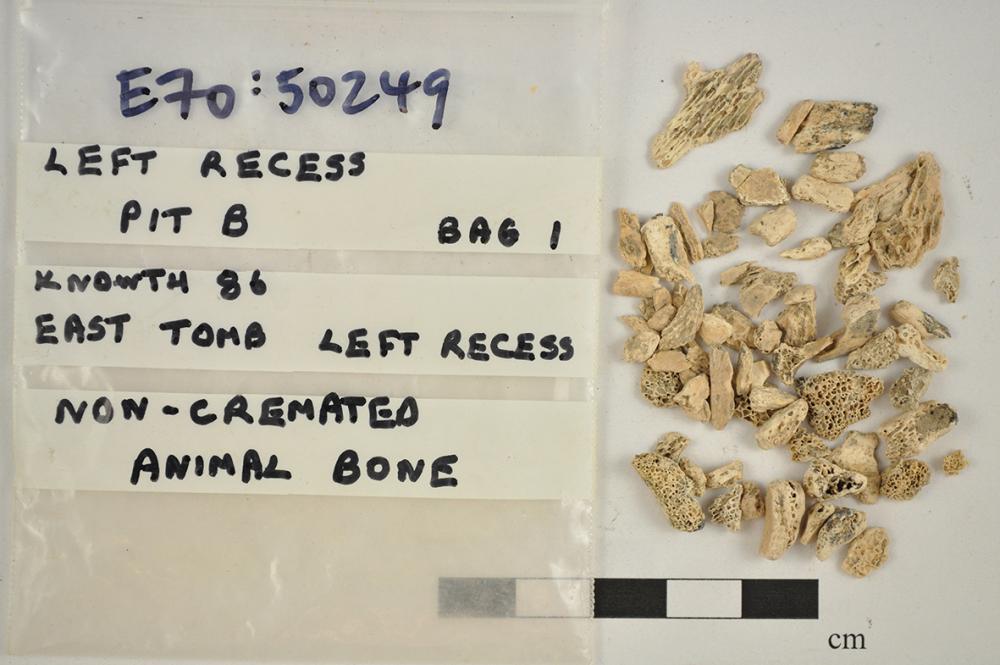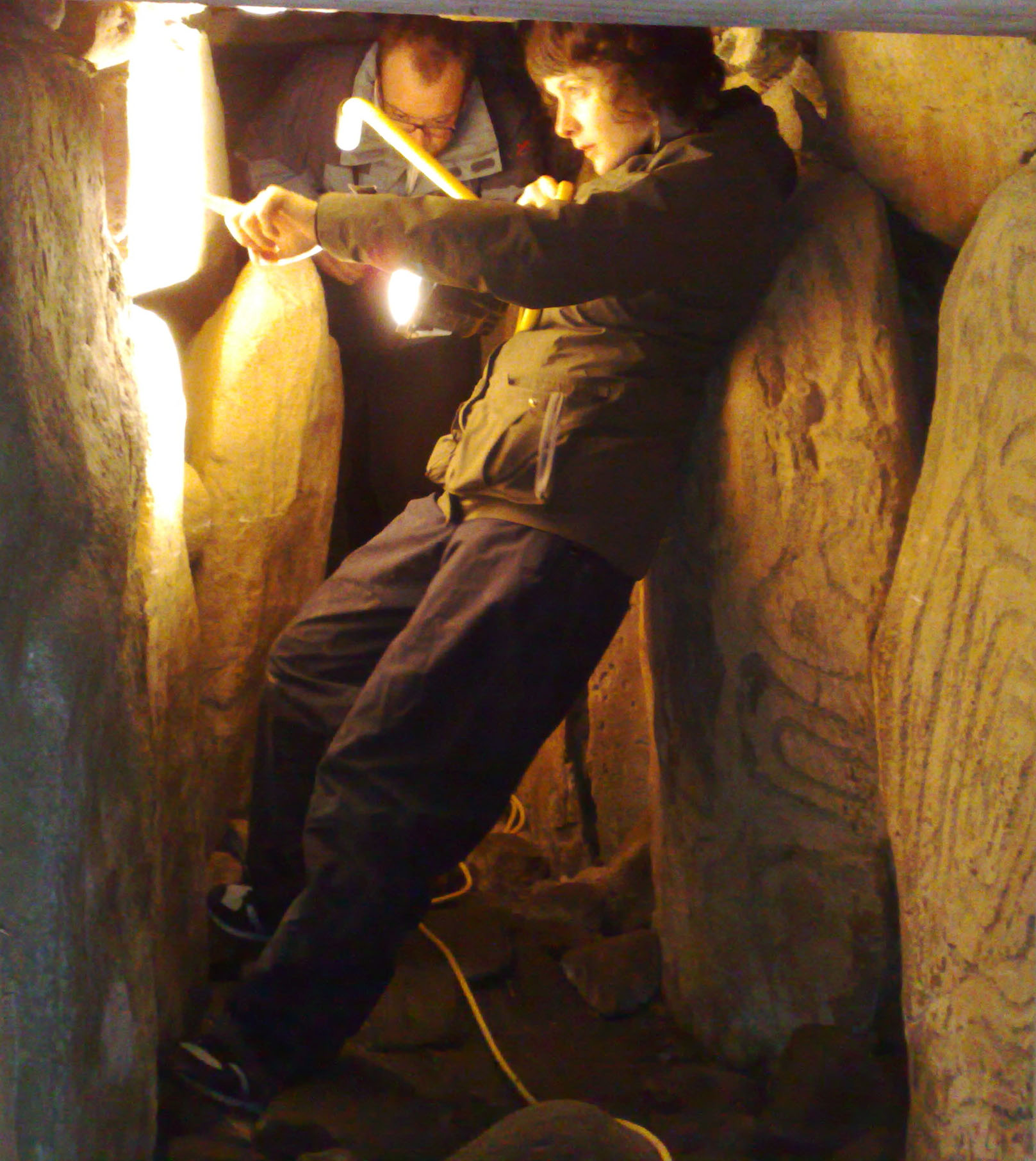
10 October, 2024

Ian Doyle
Posted: 22 August, 2018

In connection with Cultural Heritage Week, our theme for the August blog series is Cultural Heritage. We open with a piece by Ian Doyle, who is Head of Conservation at The Heritage Council of Ireland.
There has never been a more interesting time to be active in cultural heritage research. This summer the Irish landscape witnessed some important developments. The discovery of a previously unknown prehistoric enclosure in the drought conditions affecting a cereal field near the Newgrange passage tomb in Co Meath is one example, while the nearby excavation of a newly discovered passage tomb at Dowth also shows the value of ongoing field research. Significantly, in 2009 the Heritage Council published a Research Framework for the Brú na Bóinne UNESCO World Heritage Site and since then further research has been initiated which has changed our understanding of this landscape – so heritage research never stands still.
Yet, these examples are just one aspect of cultural heritage, which is a very broad and growing discipline.
So, what is cultural heritage? UNESCO defines cultural heritage as including both tangible and intangible heritage.
Tangible cultural heritage includes:
Intangible cultural heritage includes oral traditions, performing arts, and rituals.

As we approach the middle of Heritage Week (18 – 26 August 2018), it is also worth remembering that 2018 has been designated as the European Year of Cultural Heritage (EYCH) by the EU. This intends to encourage all Europeans to discover and engage with their cultural heritage. In doing so, the hope is that this will realise a European sense of identity. In one way, this is a new departure, for many years the EEC, then EC, and now EU shied away from cultural heritage, seeing it as the preserve of individual member states. The expansion of the EU, and concerns about the lack of European identity have resulted in a number of policy papers on the value of cultural heritage for society, statements on its role in research as well as an increasing number of EU-funded cultural heritage research projects.
Through programmes like Horizon 2020 and Interreg, there have been many Irish partners in cultural heritage research projects and it is hoped that the development of a cultural heritage sector will deepen and grow such involvement. Measures to promote and improve such participation have included Irish participation in the EU Joint Programming Initiative for Cultural Heritage (JPICH) where member states and associated countries collaborate on research so as to reduce the risk of duplication and to promote joint research calls between participating governments. In 2018, this has led to Irish participation in the pan-European JPICH research call entitled Changing Environments.
Just as research should never stand still, so too innovation in cultural heritage is visible in terms of the management of change in landscapes, townscapes and at the level of individual buildings and monuments. There is an ongoing dialogue between physical and digital resources and in trans-disciplinary collaboration in areas like biochemistry, climate change and nanotechnology. Interestingly, in 2014 a Horizon 2020 reflective group identified several areas of cultural heritage where research was needed – these included issues like the contribution of heritage to the well-being and attractiveness of our cities and rural landscapes, and how we meet the challenge of new technologies. Greater research is needed on cultural heritage as an indicator of sustainable development and, crucially, how we integrate cultural heritage with the natural environment.
It could be said that in Ireland we have not always considered cultural heritage as a unifying concept, with many disciplines continuing with their own traditions and practices, e.g. archaeology, architecture, conservation and indeed others. The continued interest of European funding instruments in research on cultural heritage and the growing realisation of the importance of heritage to society is helping to promote a more unified view of cultural heritage. Building up the capacity of the cultural heritage research sector in Ireland remains a key issue, and the identification of a cultural heritage research framework remains an ambition of the Heritage Council. The emerging National Heritage Plan – Heritage Ireland 2030 – will help in this regard.
Disclaimer: The opinions expressed in our guest blogs are the author’s own, and do not reflect the opinions of the Irish Research Council or any employee thereof.